8 View gallery
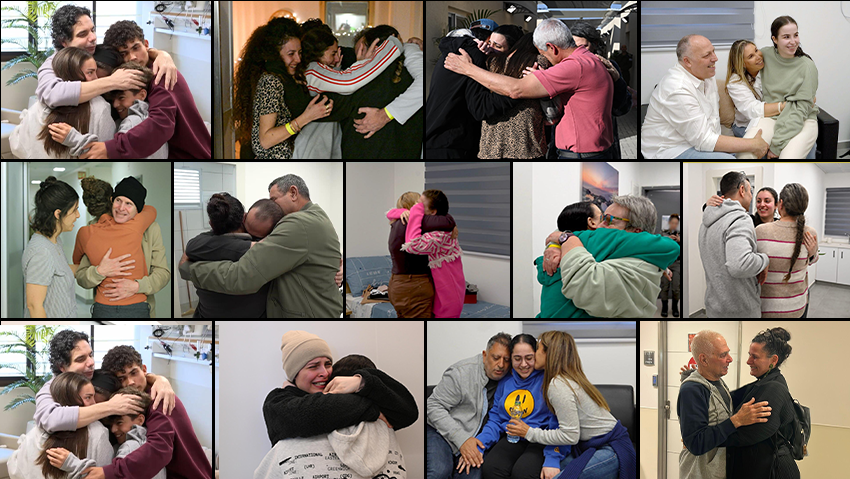

Siegel was detained in Gaza City for 484 days, frequently moved between safe houses and tunnels. The terrorists locked him in separate rooms to prevent him from being found if someone entered. According to reports from the public broadcaster Kan, Siegel initially believed that his son, Shai, had been killed, until he heard his voice on the radio and realized that he had survived. He described severe food shortages, saying that he had to eat meat despite his vegetarian and that his last meal was a full day before his release.
Bibas and Calderon, who were violently removed, were said to have been held together in cages during their first days in captivity. Terrorists wrongly assumed that Calderon was a reservist of the TDI, which is why he was released in military uniform.
8 View gallery
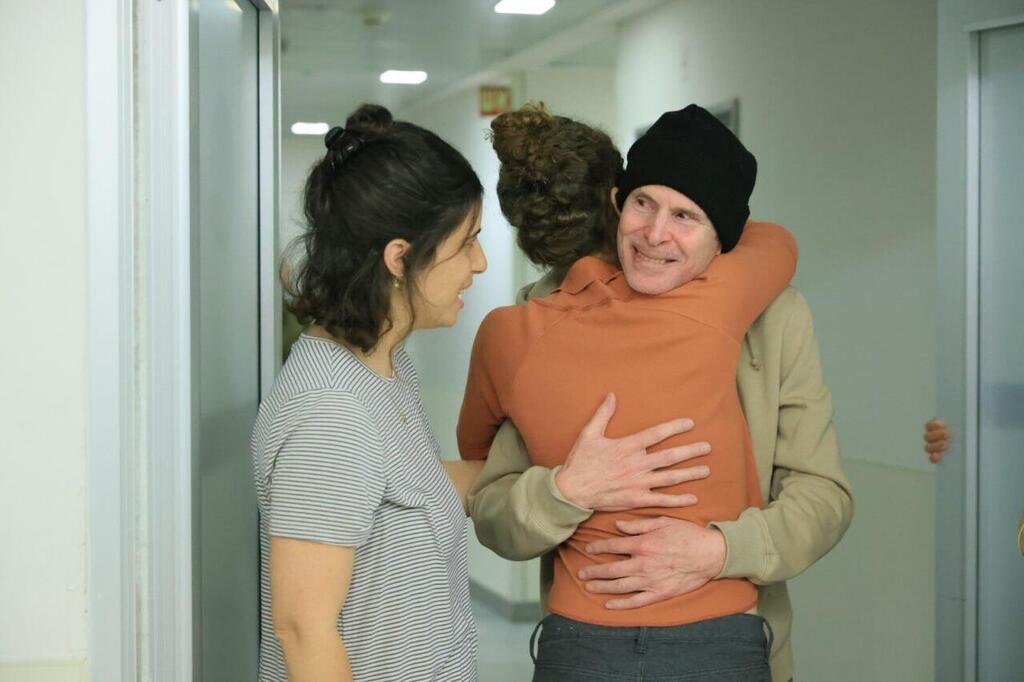

Keith Siegel finds his family in the hospital
(Photo: GPO))
The two men were kept in tunnels and various buildings alongside other hostages, hardening psychological terror. One of the most painful moments was the brutal video in which Bibas was filmed after having been falsely said that his wife, Shiri, and their sons, Ariel and Kfir, died – an assertion that the Israeli authorities are n ‘ could not confirm or refute.
Eyal Calderon, who has not yet found his cousin of Erger, said that he had learned from Oger’s children that, until a few weeks ago, Ofer did not know that his son Rotem was alive. “He was in a state of total uncertainty, then he discovered through a media interview that his son had survived,” he said. “What he endured is unimaginable. There is still a long road to come – his recovery will be long, with ups and downs.”
8 View gallery


OFER CALDERON and YOURNEN BIBAS SPORTER Certifications ANE CERTIDE DE PROPAGANDA HAMAS
Jimmy Pacheco, the caregiver of Amitai Ben-Tzvi, who was murdered on October 7, was kidnapped and released later in a previous case. He had previously said to be detained in tunnels with Bibas and Calderon, developing a close link with them. “When I cried, they comforted me and assured me that the Israeli government helped. We sang together, we laughed and I even taught Yarden my language,” he said at Army Radio.
Recently published hostages share heartbreaking stories of their Hamas captivity time, detailing extreme isolation, forced work and small routines that helped them survive.
8 View gallery
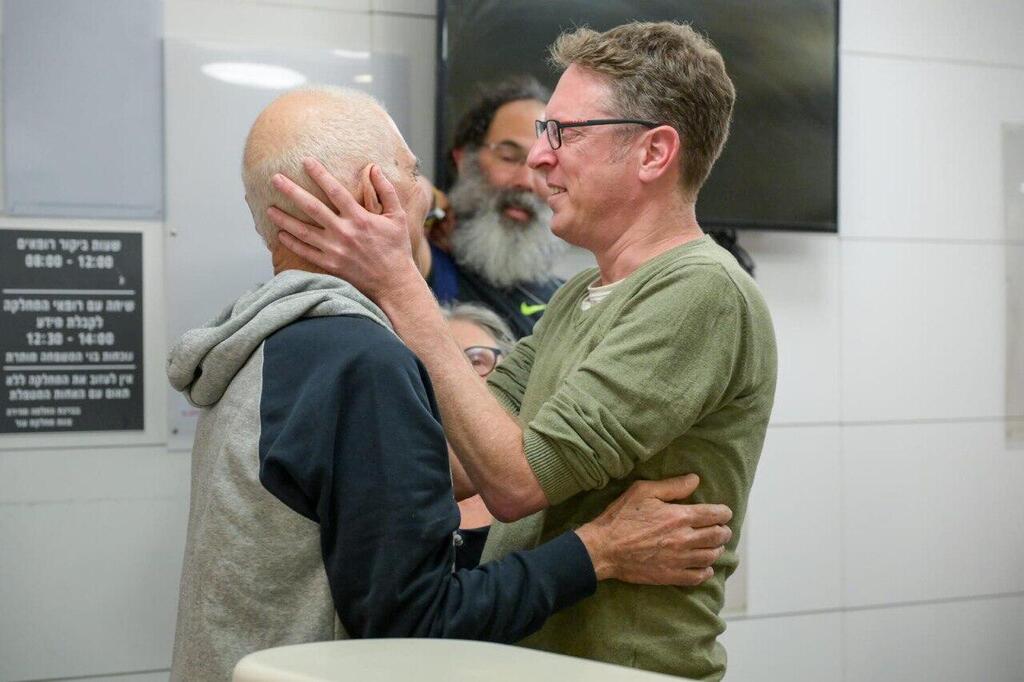

Mozes, who speaks Arabic, used his linguistic skills to communicate with his kidnappers, who finally provided him with English books. He held a daily newspaper, writing a few lines every day, although he was confiscated before his release. He had limited access to external information, but the overviews of his family on television reassured him that they were fighting for his freedom. When he was asked what had made him move forward, he said that the idea of meeting with his loved ones was his main motivation, although he also experienced moments of betrayal, wondering why he and the Others were still in captivity.
8 View gallery


Mozes and Arbel Yehoud meet in captivity of Gaza
(Photo: Army wing of Islamic jihad, Reuters))
8 View gallery


Naama Levy, who was released in an earlier exchange, was initially held alone for a long time before finding her hostage colleagues. When they finally met, she asked if the time was real and if they were still alive. Many looks have said it forced to perform household chores for their captors.
In an interview with Kol Barama Radio, Yafa Deri, who met the released soldiers, said they had fasted Yom Kippour and observed Passover customs, Daniella even asking for the traditional sfenj (North African donuts) for Mimouna The end of the holidays. “There were bombings, and they had to move from one place to another, so there was no sfenj, but they are so sweet and knew their role, which is incredible,” -Ali said.
She added that Agam Berger refused to accept a Koran of her captors and rather prayed from a Hebrew prayer book that she found, perhaps left by Israeli soldiers.
8 View gallery
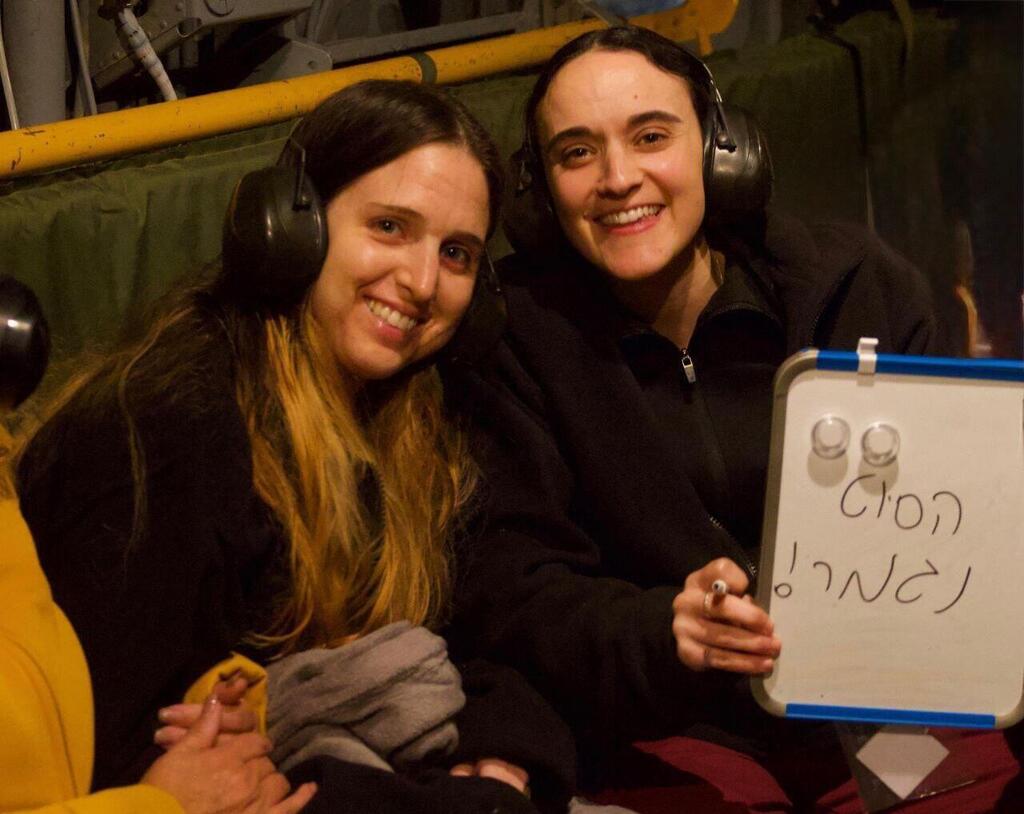

Doron Steinbrecher and Emily Damari
(Photo: IDF))
Mandy Damari, mother of Emily Damari, who was released after 471 days in captivity in Hamas, revealed that her daughter was held in installations operated by UNRWA.
“Hamas held Emily in UNRWA facilities and has denied its access to medical treatment after being shot twice,” she said. “It is a miracle that she is alive.”
Emily was released during the first phase of the current hostage agreement alongside Romi Gonen and Doron Steinbrecher. She was seen by pushing a terrorist from Hamas out of the vehicle who brought her to the transfer point of the Red Cross. Due to his injuries, two of his fingers had to be amputated.
Eitan Gonen, Romi’s father, told Ynet that released hostages supported each other in captivity. “Romi needed the permission of the terrorists for everything, even just to move right or left,” he said.
He described the deep link formed between Romi, Emily and Doron, who were held together. “They were the whole world of the other in captivity. They spoke, helped and took care of each other – like a mother, a father, a sister. Now that they are back, they do everything together. They Go out to eat, visit the rooms of the other and are inseparable.
In a video message played during a gathering for the hostages of Tel Aviv’s hostage square, Doron said: “I’m fine. As I can, I will be there while holding a sign” bring them back hostages remaining at home.
8 View gallery
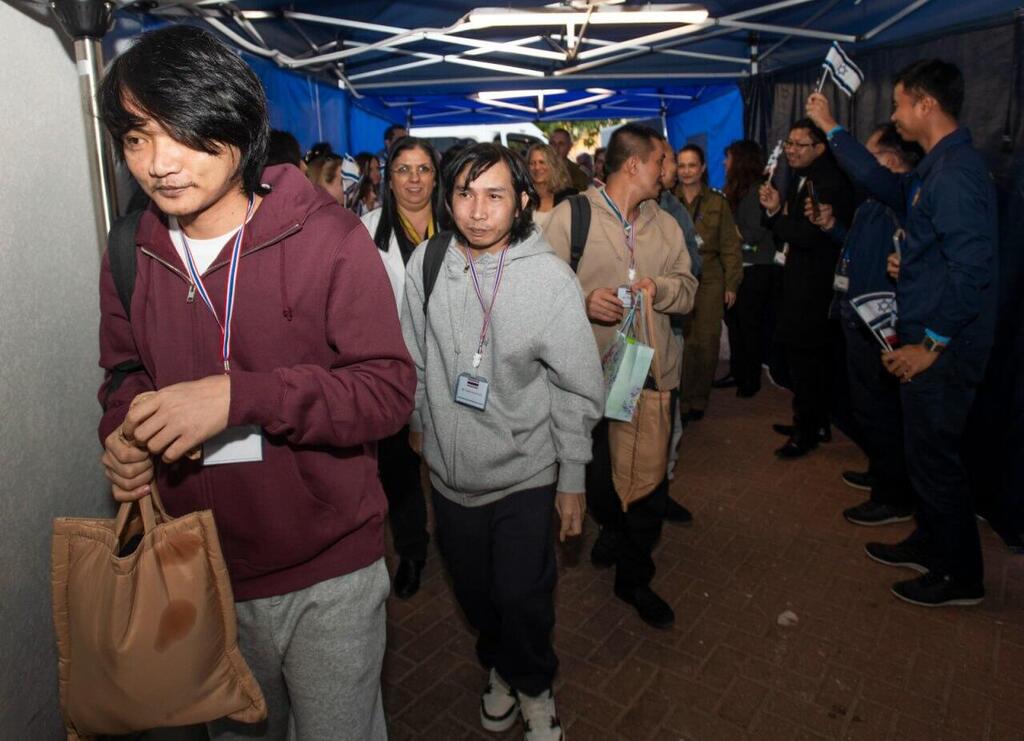

Thai hostages freed from captivity
(Photo: GPO))
During the weekend, five Thai nationals kidnapped by Hamas on October 7 were also published in Khan Younis as part of a separate agreement negotiated by the Thai government. It is not yet known if concessions have been made for their release.
The released hostages – Suwannakham, 34, 34; Pongsak then, 35 years old; Bannawat Seathao, 27 years old; Watchara Sriaoun, 32 years old; And Surasak Lamnau, 30 years old – has put prolonged periods of hunger, difficulties in breathing in underground tunnels and being held in dark rooms. They were kept in two separate groups, with two in one location and three in another. During their captivity, they learned to communicate in Arabic with their captors.
Despite the difficult conditions, their state of health was reported as stable to the Liberation. Another Thai hostage remains in captivity, with a Nepalese citizen. Two Thai nationals and a Tanzanian citizen would have been killed in captivity.


